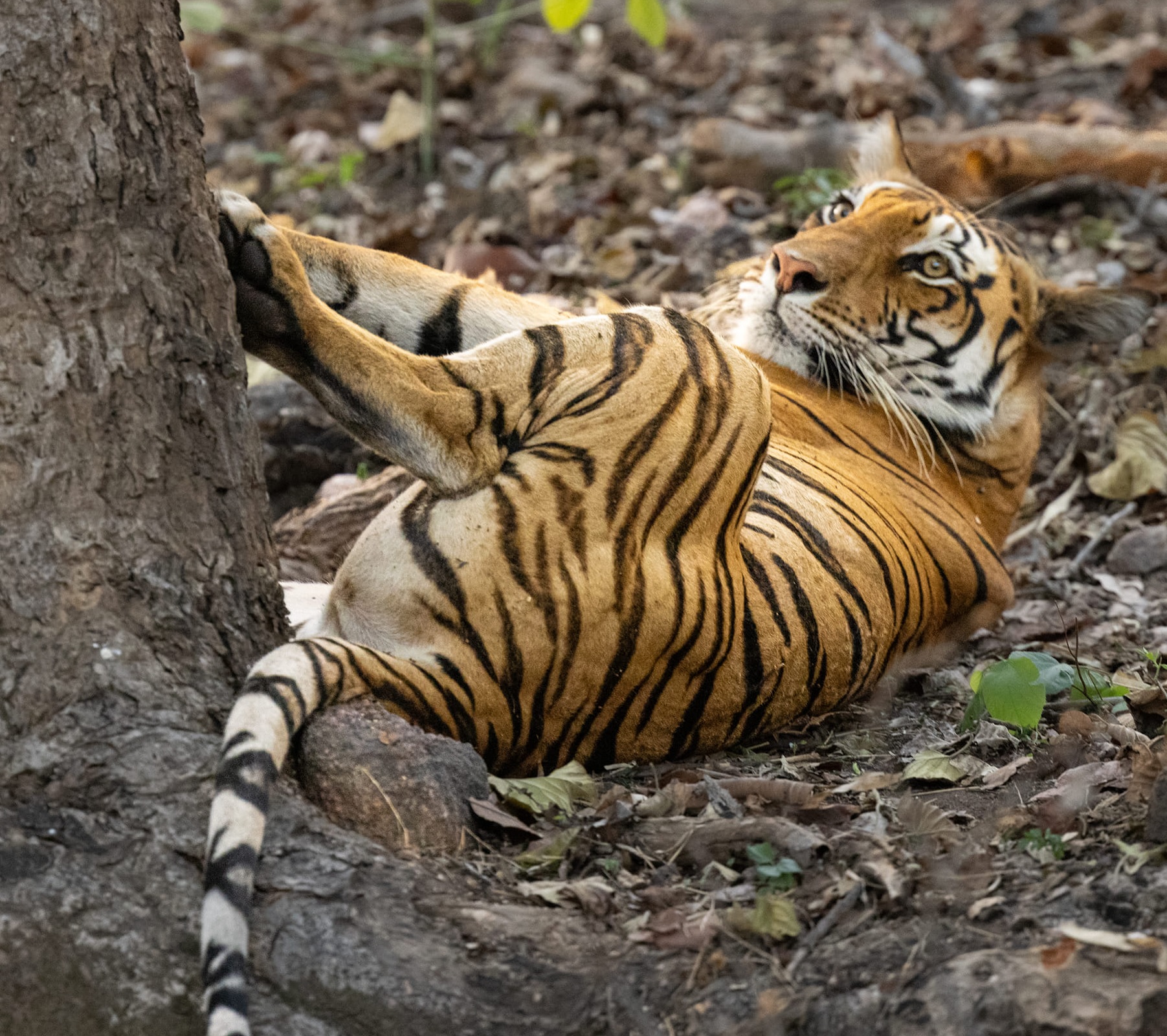The Kanha National Park Tiger Safari, which also has the status of a national park, is one of the 50 tiger reserves in India. In December 2016 I went on three safaris in this reserve with Delighted Journey, a specialist in travel to Asia, in the hope of being able to observe the tiger and the barasingha, a deer endemic to central India.
- Kanha Tiger Reserve
- The return of Barasingha
- A mess of birds
- Tiger in sight!
- How to get there?
- When is the best time for a safari in Kanha?
- Where to sleep?
- With whom to travel in India?
Kanha Tiger Reserve
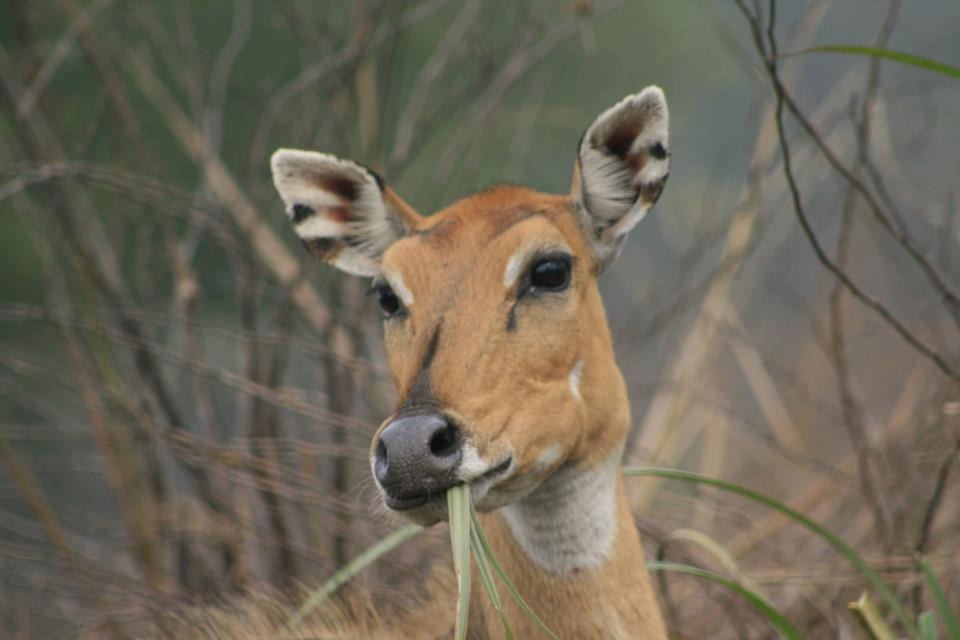
The Kanha National Park Tiger Reserve is the second national park that my wife and I discovered in India, after Pench, in the south of the state of Madhya Pradesh. From Pench to Kanha Earth Lodge where we will sleep, we will drive 5 hours to cover the 200 km of road that separates the two lodges.
An important hunting site for the British at the beginning of the 20th century, the Kanha Tiger Reserve is the largest sanctuary in Madhya Pradesh in the highlands of central India with its 1949 km² which include the national park (940 km²), the buffer zone and the Phen. reserve. It is said that this is the region that inspired Kipling for The Jungle Book.
Kanha is made up of two main valleys: Banjar in the west and Halon in the east. Covered in forests
The lodge is located about 30 minutes from the Khatia Gate. The national park has two others, Mukki and Sarhi Gate, which were too far from our accommodation. For our three safaris we will therefore enter exclusively through the Khatia Gate and stay in the Kanha and Kisli areas.
The return of Barasingha
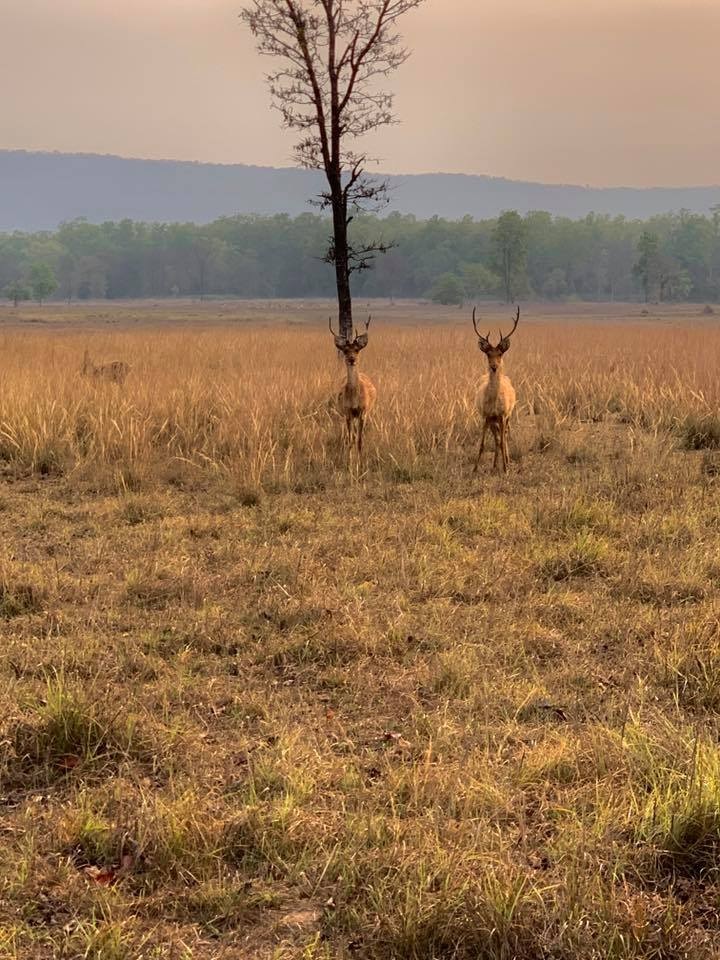
Before planning my trip to India, I had never heard of the barasingha. It is an imposing deer that measures 1.30 m at the shoulder and can weigh up to 200 kg. It is also called Duvaucel deer or swamp deer and is found exclusively in India and Nepal.
In Kanha National Park, only the subspecies Cervus duvauceli branderi is found. The Barasing almost completely disappeared from Kanha in the 1970s. Its population dropped from 3,023 animals in 1938 to 66 in 1970. What was the reason? Although the barasingha is a deer that is not very fearful and easily vulnerable since it likes swamps and large wet meadows, its decline can only be attributed to its predators, the tiger and the leopard.
Other factors seem to have prevailed:
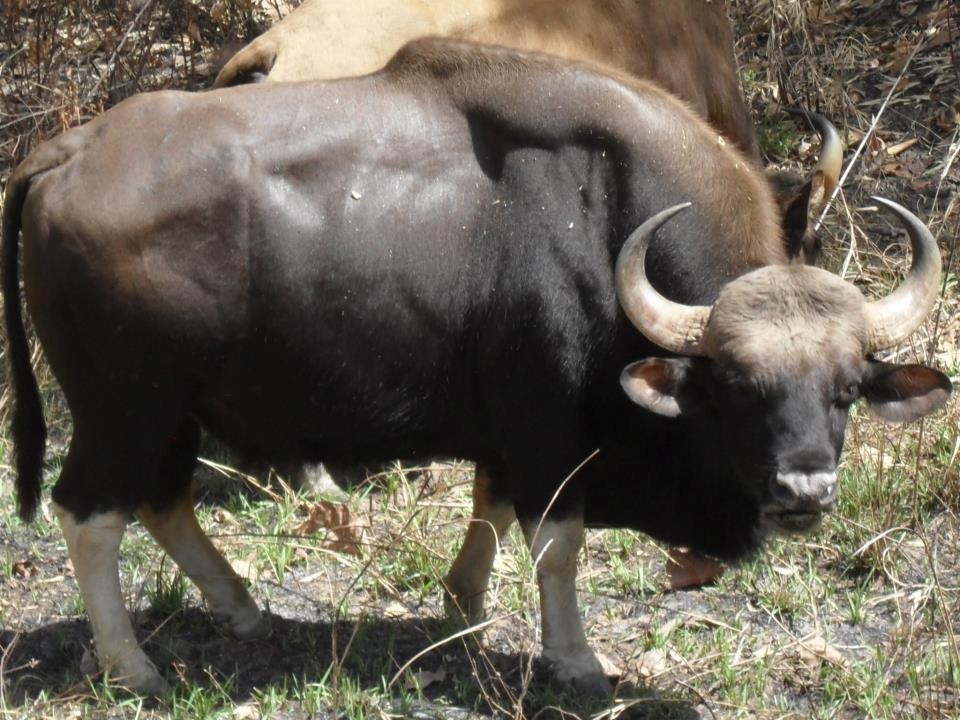
- Poaching
- Its very specialized diet
- The limitation of its habitat to very specific areas subject to epidemics, diseases or natural disasters
- The reduction of its habitat linked to the pressure of grazing areas following the increase of other species of ungulate (mainly the Axis deer) in order to develop the tiger population
- Its weak instinct for conservation
Today, thanks to the efforts of the national park and the reintroduction of 500 barasinghas, the deer have considerably increased without me knowing the population estimate.
Among the herbivores we will also observe the axis deer, the sambar and the gaur.
A mess of birds
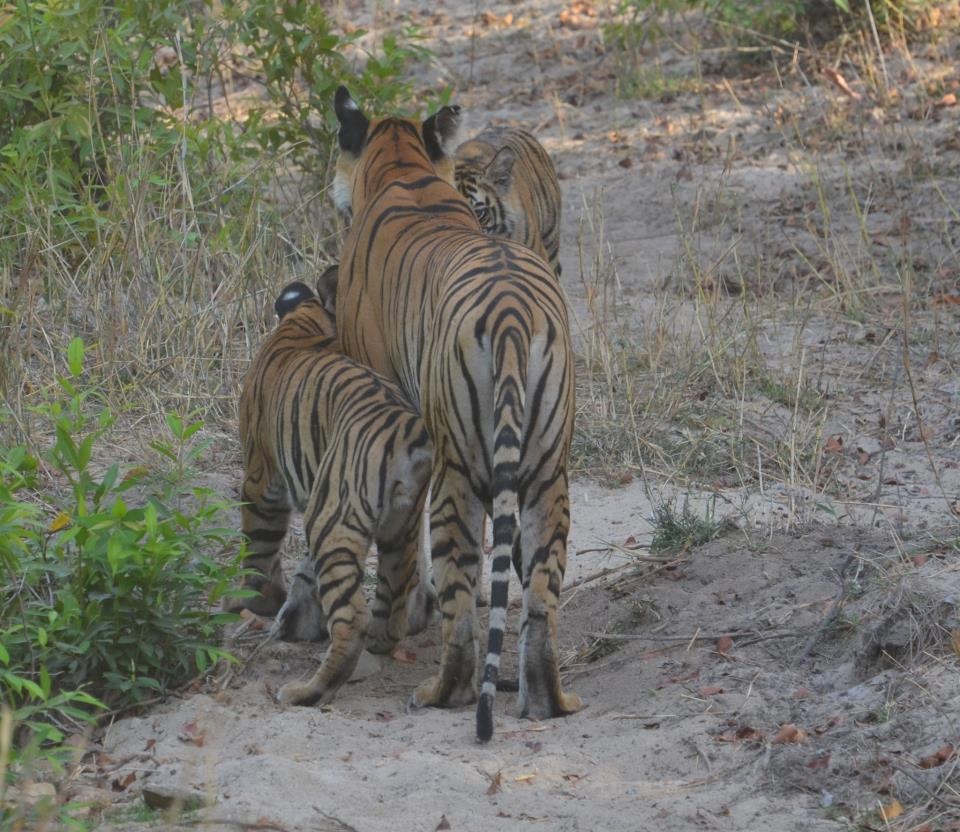
With nearly 300 species of birds recorded, Kanha National Park is a beautiful birding destination, although it is not easy to observe (and even less to photograph) in December due to the density of the vegetation.
Here are some of the species observed: the black ibis, Vieillot’s cormorant, the Alexandrine parakeet, the brown shrike, the Schach’s shrike, the Indian lapwing, the Gray’s crab-eater, the Bacha’s snake-eater and the Indian roller.
The Langur Semnopithecus entellus and the wild boar are probably the two species that we encountered the most with the axis deer.
Tiger in sight!

The tiger is the king of the jungle in Kanha National Park. Today, its population is increasing but remains fragile, particularly due to poaching. At the end of 2016, the body of a male was discovered with its legs cut off, as revealed by Hindustantimes.
According to my guide, there are now about 90 adults and about twenty tiger cubs. Surveillance cameras are now used to count the tigers in Kanha National Park. I saw the tiger in Kanha, furtively but I saw it. Here is how this encounter happened.
It was in the morning during my second safari. While the sun had just risen and the atmosphere was still peaceful, I photographed this very special atmosphere where the sun’s rays tear through the space. When the cry of an axis deer resounds. In less than two seconds, the driver restarts the Maruti Gypsy towards the alert. 200 meters in front of us, a tiger crosses the track and goes into the forest.
When the 4×4 reaches it, it is still 10 meters away from us. The Gypsy has not yet stopped, the tiger turns its head, I shoot. It goes behind a huge trunk and leaves for good. The encounter did not last more than 10 seconds. I check my photos. My speed was too slow and my diaphragm a bit too closed. In any case, the photo has motion blur. It is difficult to do better in a 4×4 that was not yet stationary.
I think it is a female without being 100% sure. We have seen so little of this tiger. It was short but really exciting. This will be my only encounter with the tiger in the Kanha National Park but I will see them later in other tiger reserves in India. Before you go, read my article which presents 5 ways to track the tiger.
How to get there?
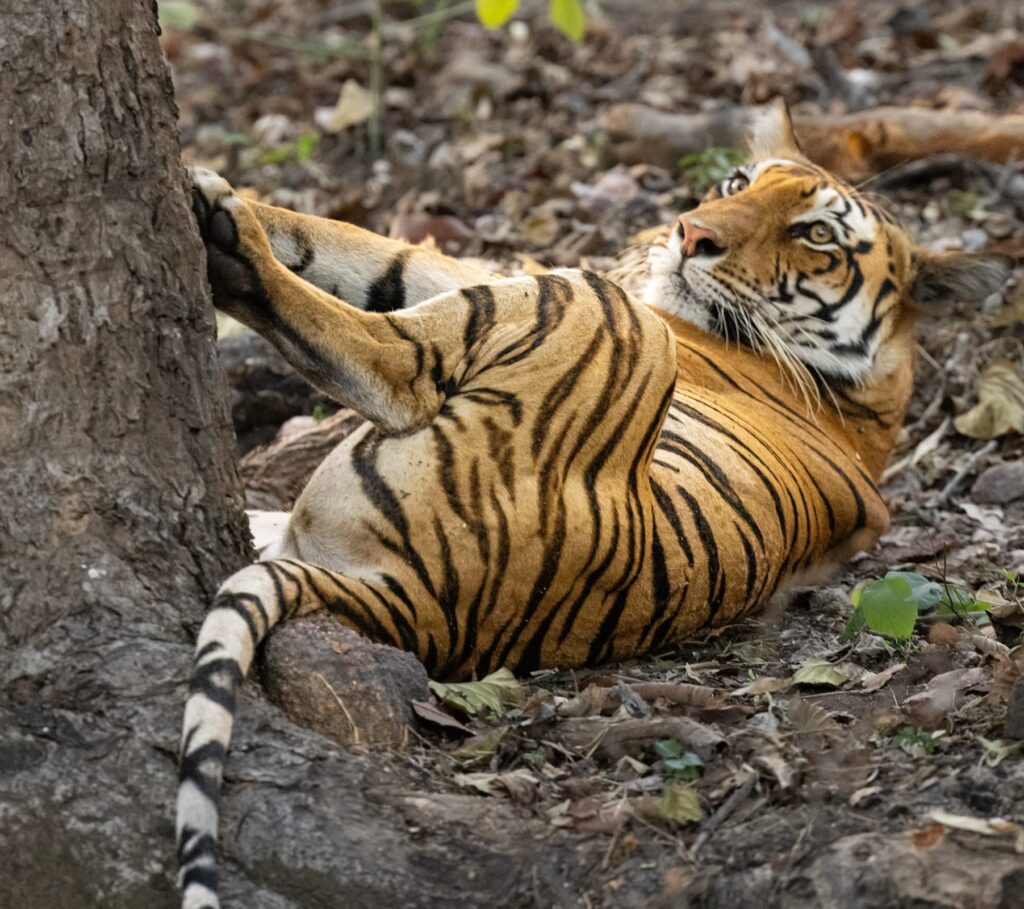
International flight to Delhi followed by an internal flight to Jabalpur, then drive to Kanha National Park.
When is the best time for a safari in Kanha?
Kanha National Park is open from October to the end of June.
November to February is a particularly good time for bird watching but at this time of year, it is more difficult to see the tiger because the vegetation is denser and leafy. The best chances of observing the tiger are from March to May.
Where to Sleep?

The Kanha Earth Lodge, although 30 minutes away from the Khatia Gate, remains a very nice accommodation with excellent naturalist guides (much better than those I had). However, there are lodges closer to the entrance of the national park, for example:
The Bagh Villas Jungle Camp & Spa and its luxury safari tents
The Sterling Kanha 6 km from the Kanha access gate
With whom travel to India?
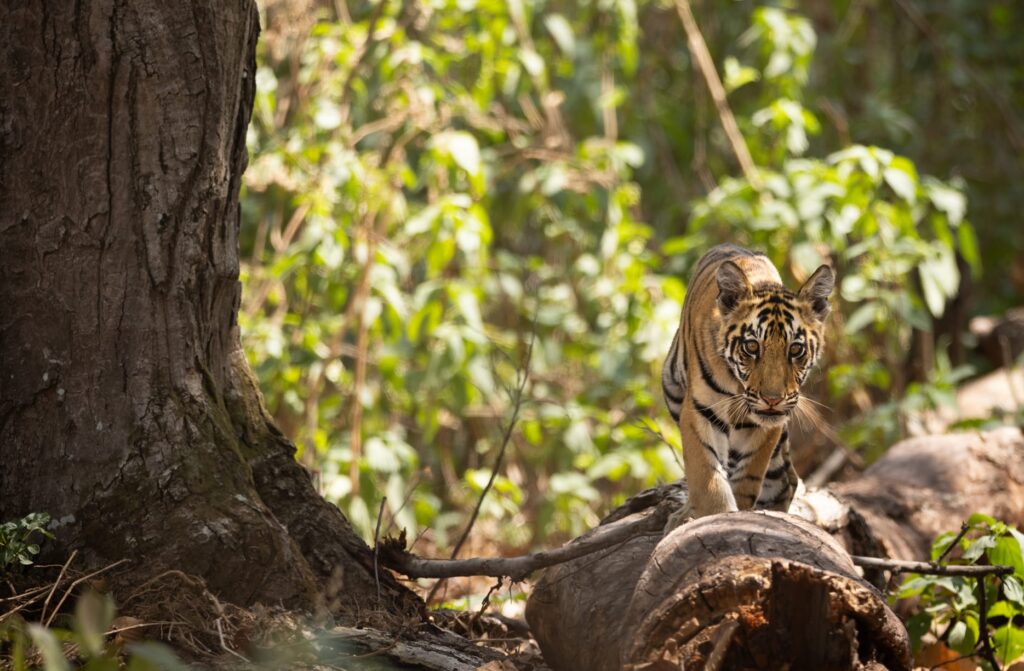
For your trip and safaris in India (including trekking or tourism activities), I advise you to send your request for a tailor-made trip to India. I have selected it for its reliability and its ability to respond to personalized requests.
Thankyou for reading our post in whch we provide over brief information about Tiger Safari in Kanha National Park by Delighted Journey.

